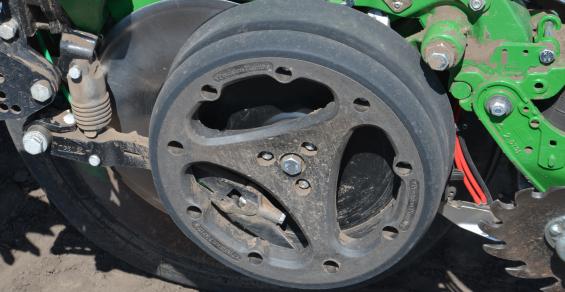Corn Illustrated: A seed company survey shows which practices farmers think will help deliver more productivity over the next 10 years.
Which crop management practices have helped you boost yields the most over the past decade? Which ones will be most important to you over the next decade? Are these rankings the same? Would your rankings be the same for corn and soybeans?
Golden Harvest, a seed company, decided to find out how farmers answer these questions before locking in their future research priorities. The company surveyed 101 Midwestern corn and soybean farmers. Results are published in the Golden Harvest 2022 Agronomy in Action Research Review. The Golden Harvest technical agronomy team is led by Bruce Battles.
The short answers to the questions above are that some management practices that farmers felt helped them produce more crop over the past 10 years won’t be as important going forward, while other practices have moved up in importance. The rankings of key management practices for the future based on this survey are very different for corn and soybeans.
For corn, improved fertilizer practices, more precise planting practices, and secondary nutrients and micronutrients are tabbed as the top three important practices over the next 10 years. For soybeans, the top three, in order, are seed treatments, foliar fungicides and more precise planting practices.
Here is a closer look at how these farmers ranked practices:
Corn
Impact over the next 10 years in corn:
improved fertilizer placement
more precise planting practices
secondary nutrients and micronutrients
in-season soil fertility
seed treatments
foliar fungicides
biological crop growth and nutritional products
soil management practices such as no-till and cover crops
digital tools for product selection and placement
higher seeding rates
earlier planting
narrow row spacing
There seems to be a growing emphasis on in-season soil fertility in corn. Compared to how these same farmers ranked importance of specific practices in improving yield over the last decade, foliar fungicides and biological products moved up the list for future importance, from ninth to sixth and 11th to seventh, respectively. Meanwhile, higher seeding rates slipped from seventh to 10th, and earlier planting dropped from sixth to 11th.
Soybeans
Impact over the next 10 years in soybeans:
seed treatments
foliar fungicides
more precise planting practices
earlier planting
secondary nutrients and micronutrients
biological products
in-season soil fertility management
soil management
improved fertilizer placement
digital tools for product selection
narrow row spacing
higher seeding rates
In the past decade, seed treatment was still the key practice these farmers identified for soybeans, compared to leading with fertilizer-related practices for corn. Earlier planting still ranks as important, but it moved down from second for the past 10 years to fourth for the future. No-till and cover crops ranked fifth for the past decade, slipping to eighth going forward. Surprisingly, narrow-row spacing was 10th before and is 11th now. Higher seeding rates ranked last on both lists.




